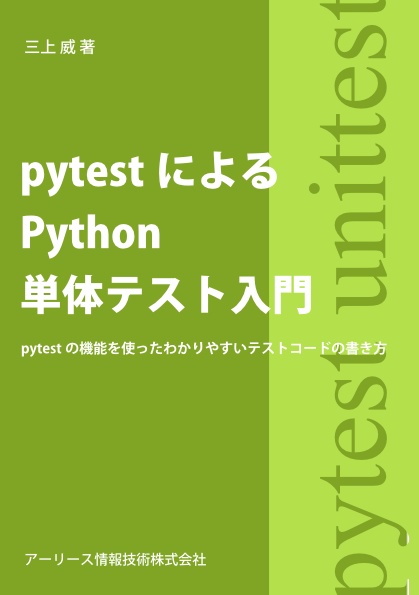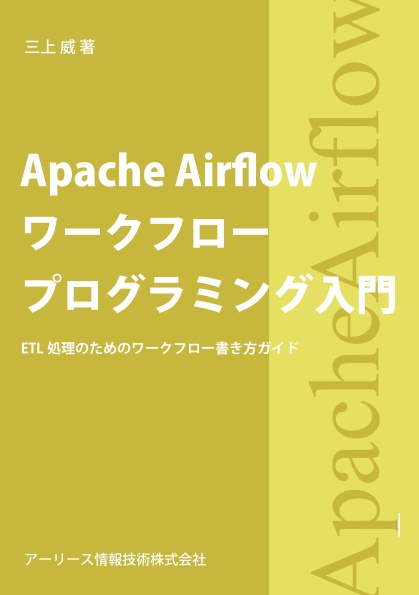Objectifyのv6でmemcacheを使う方法(SDK混在による混乱を防ぎながら)
この記事は、Google Cloud Platform その1 Advent Calendar 2018 の2日目の記事です。
Google Cloud Platform その1 Advent Calendar 2018
https://qiita.com/advent-calendar/2018/gcp
GoogleAppEngineのJavaアプリからCloud Datastoreにアクセスする場合、
Objectifyというライブラリを利用することが多いのですが。
今年(2018年)、Objectifyのv6がリリースされました。
v6は、v5までとは異なるSDKに依存している影響で、
GAEのmemcacheにDatastoreのキャッシュを保存する機能が省略されています。
- v5まで: Google App Engine SDK
- v6から: Google Cloud SDK
このエントリでは、
SDK混在による混乱を防ぎながら、v6でGAEのmemcacheを利用する方法を説明します。
objectify:
https://github.com/objectify/objectify
また、Objectifyのv5までとv6の違いは、過去に以下のエントリにも記載しているので、
必要に応じてご覧下さい。
Objectifyのv6変更点、及びSpringBootアプリから利用する場合のメモ | takemikami’s note
http://takemikami.com/2018/05/16/Objectifyv6SpringBoot.html
v6でGAEのmemcacheを利用する方法
先ほど上げたエントリでも記載していますが、
Objectify v6でGAEのmemcacheを利用したい場合は。
Objectify v6に用意されているMemcacheSerivceのInterfaceを持ち、
AppEngineのMemcacheに保存する処理を実装したクラス作る必要があります。
以下に私が実装したコードへのリンクを示します。
AppEngineMemcacheClientService.java | takemikami/objectify-appengine-memcacheclient | Github
https://github.com/takemikami/objectify-appengine-memcacheclient/blob/master/src/main/java/com/github/takemikami/objectify/appengine/AppEngineMemcacheClientService.java
以下のように、
このクラスをObjectifyServiceを初期化する際のパラメータに指定すると、
GAEのmemcacheにDatastoreのキャッシュが保存されるようになります。
ObjectifyService.init(new ObjectifyFactory(
DatastoreOptions.getDefaultInstance().getService(),
new AppEngineMemcacheClientService()
));
SDK混在による混乱を防ぐために
ここまでの流れで、GAEのmemcacheを利用できるようになったのですが。
AppEngineMemcacheClientServiceが、Google App Engine SDKに依存。
Objectify v6が、Google Cloud SDKに依存。
という状態になっており、
Google App Engine SDKとGoogle Cloud SDKの両方からDatastoreの機能を利用できてしまうため、
開発を行う上で混乱を招いてしまします。
そこで、AppEngineMemcacheClientServiceの実装をライブラリ化し、
runtime時のみ取り込むようにして開発を行うことをおすすめします。
(JDBCでMySQLやPostgreSQL等のライブラリを取り込むときと同じように)
ライブラリ化したものを以下のGitHubのプロジェクトに置いています。
objectify-appengine-memcacheclient | GitHub
https://github.com/takemikami/objectify-appengine-memcacheclient
build.gradleでは以下のように指定し。
dependencies {
// SpringBoot
compileOnly group: 'javax.servlet', name: 'javax.servlet-api', version: '3.1.0'
compile("org.springframework.boot:spring-boot-starter-web") {
exclude group: "org.springframework.boot", module: "spring-boot-starter-tomcat"
}
providedRuntime "org.springframework.boot:spring-boot-starter-jetty"
// objectify
compile group: 'com.googlecode.objectify', name: 'objectify', version: '6.0.2'
runtime group: 'com.github.takemikami', name: 'objectify-appengine-memcacheclient', version: '0.0.2'
runtime group: 'com.google.appengine', name: 'appengine-api-1.0-sdk', version: '1.9.65'
}
Objectifyの初期化時に以下のように指定します。
ObjectifyService.init(new ObjectifyFactory(
DatastoreOptions.getDefaultInstance().getService(),
(MemcacheService) Class.forName("com.github.takemikami.objectify.appengine.AppEngineMemcacheClientService")
.getDeclaredConstructor().newInstance()
));
このライブラリを利用するコードの全体は、以下のサンプルをご覧下さい。
example | objectify-appengine-memcacheclient | GitHub
https://github.com/takemikami/objectify-appengine-memcacheclient/tree/master/example
以上の方法で、Google App Engine SDKとGoogle Cloud SDKの
SDK混在による混乱を防ぎながら開発を進められるようになります。
このような工夫が不要になるよう、早くSDKが整理されることを願っています。






